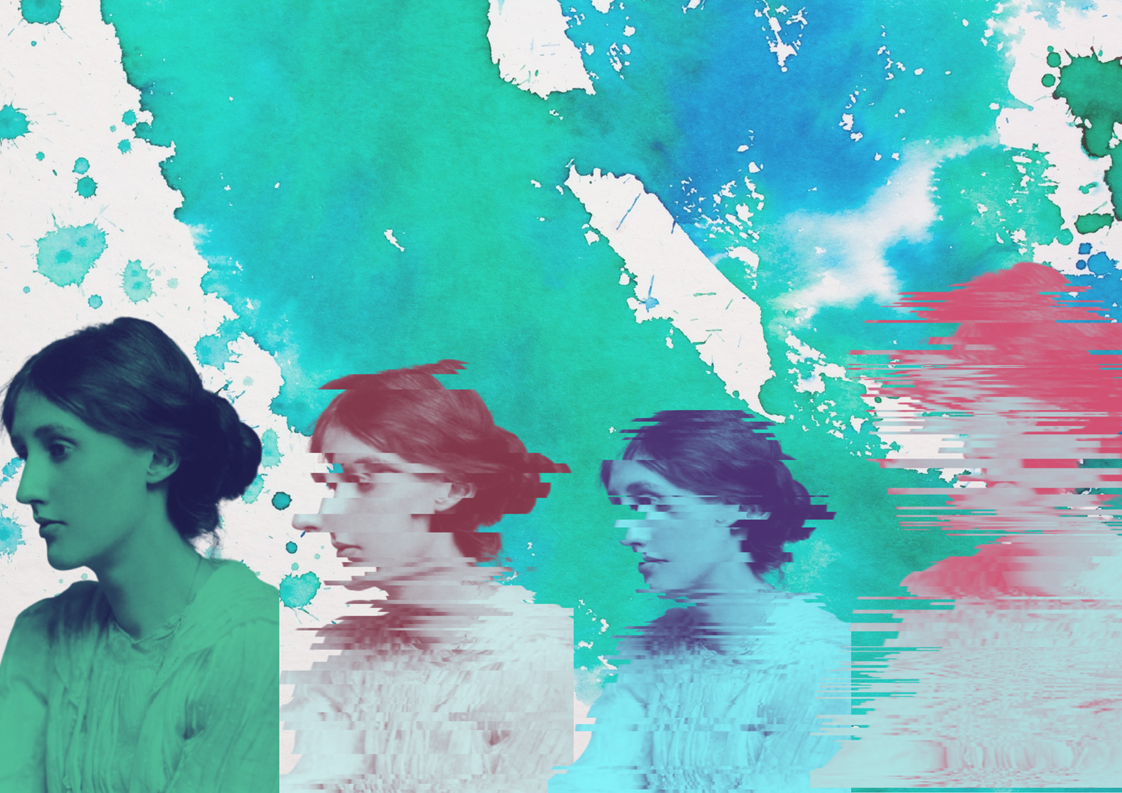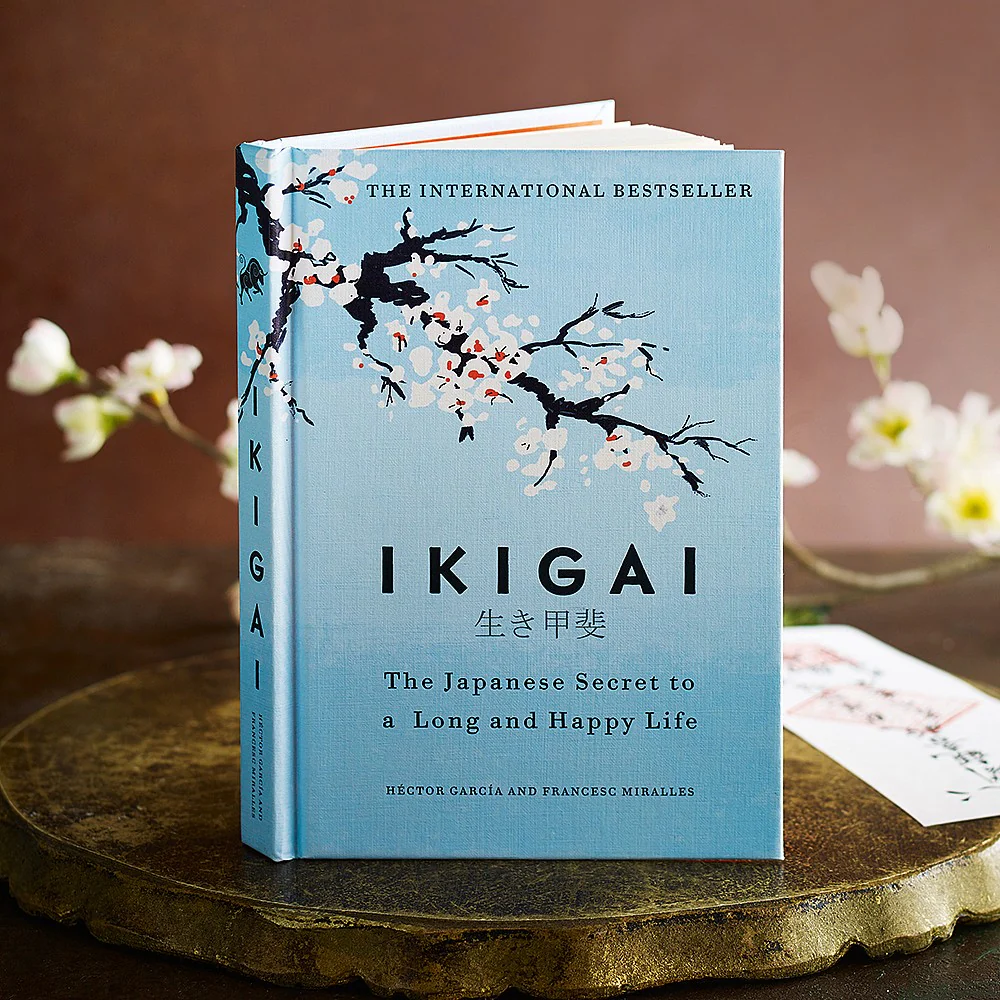How Clarissa Dalloway’s London Journey Re-imagines Female Experience in Modernist Literature
It’s impossible to pin down Virginia Woolf’s Mrs. Dalloway without immediately feeling its essence slip through your fingers. I tried once, to explain it over coffee. “It’s about a woman planning a party,” I said, watching my friend’s eyebrows rise. “But also about time. And war. And… walking.” I sounded absurd.
But I stand by the walking part.
Beyond Plot: Walking as Narrative Structure in Mrs. Dalloway
Virginia Woolf’s 1925 novel transcends its seemingly simple plot, a June day in London where Clarissa Dalloway, upper-class and middle-aged, prepares to host an evening gathering. Though World War I has officially ended, its aftershocks pulse through every corner of the city. The novel introduces us to Septimus Warren Smith, suffering from shell shock; his wife Rezia; and recalls Clarissa’s memories of Sally Seton, with whom she once shared a kiss.
Yet beyond these narrative elements lies something more fundamental: movement. Clarissa’s physical journey through London streets parallels her mind’s movement through time.
This dynamic creates what literary scholars now recognize as the first great portrayal of the urban flaneuse, the female equivalent of the traditionally male flâneur who observed modernity from Baudelaire’s Parisian boulevards.
“Mrs. Dalloway said she would buy the flowers herself.”
This deceptively simple opening line launches us into Woolf’s revolutionary narrative technique. As Clarissa steps into London, the city awakens not merely as setting but as co-protagonist.
Urban space becomes animated with memory, desire, and unspoken anxieties. The “squeak of the hinges” as the flower shop door opens, the persistent chiming of Big Ben, these sensory details create what Woolf described as her attempt to “record the atoms as they fall upon the mind.”
Walking as Remembering: The Temporal Geography of London
For Clarissa Dalloway, walking functions as a mnemonic device. As her path takes her through Westminster and Bond Street, her consciousness loops back to Bourton, to youthful gardens, to encounters with Peter Walsh and the electric moment with Sally Seton. The London that emerges is mapped as much by memory as by physical streets. Each corner turned unlocks another chamber of her past, another moment of joy or regret.
This technique establishes what literary theorists now term “psychogeography” the impact of geographical environment on emotions and behavior. Woolf pioneered this concept decades before it was formalized, showing how urban landscapes shape internal experience.
The Female Flâneur: Absorbing the City
Unlike her male counterpart who observes from a privileged distance, Woolf’s flâneuse absorbs her surroundings. She exists in a permeable state, vulnerable both to ghosts of her younger self and to London’s sensory chorus.
The scent of flowers, whisper of silk, and tolling clock all penetrate her consciousness. Woolf renders Clarissa’s interiority not as linear sequence but as simultaneous experience, past and present coexist, just as multiple sensations register at once.
This represented a feminist reimagining of urban observation. While the traditional flâneur was positioned as detached spectator, Clarissa Dalloway engages in mutual exchange with her environment. London does not merely provide background; it mirrors her fragmented, multifaceted self.
The City as Metaphor for Modern Consciousness
Reading Mrs. Dalloway today reveals the city as powerful metaphor for human consciousness fragmented, shifting, resisting simple categorization. Clarissa defies reduction: she is neither merely “the perfect hostess” Peter Walsh dismissively labels her, nor solely the radical youth she once was. Through Woolf’s “tunnelling process” (her term for excavating character), Clarissa emerges as labyrinthine. Her walk through London buying gloves, watching buses, encountering old acquaintances becomes her method of self-navigation.
Mrs. Dalloway‘s Enduring Literary Significance
Nearly a century after its 1925 publication, Mrs. Dalloway remains Woolf’s most analyzed and “walked-through” text. It has transcended literary movements precisely because it captures fundamental aspects of human experience: how we persist through time, the impossibility of reclaiming the past, and the elusiveness of defining the present.
The novel concludes with Clarissa’s party, but what resonates most powerfully is her solitary urban wandering those quiet revelations captured mid-step, her capacity to move between temporal planes and multiple selves while maintaining coherence. Or as Woolf suggests, as much coherence as anyone can claim.
The Modern Female Walking Narrative
Mrs. Dalloway‘s enduring appeal lies not in its plot mechanics but in its walking sequences. Woolf grants a woman the freedom to wander, contemplate, and experience public space without apology, a radical act in 1925 London.
The flâneuse doesn’t merely observe urban life; she merges with it. Through this union, she accesses her past selves and glimpses potential futures.
Woolf understood that this unassuming act a woman walking freely through the city, perceiving and reflecting contained revolutionary potential. In allowing Clarissa Dalloway this liberty, Woolf created not just a character but a new mode of female literary existence.
And that, as her enduring influence confirms, is everything.



